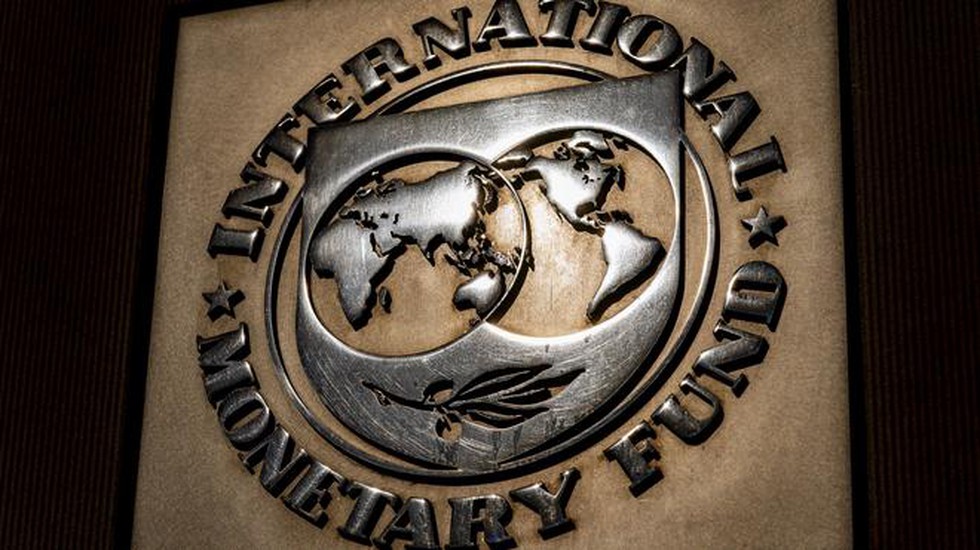About International Monetary Fund (IMF)
- The IMF is a specialised UN agency, established in 1944 at the Bretton Woods Conference to ensure global monetary stability post the Great Depression.
- It promotes monetary cooperation, ensures financial stability, facilitates international trade, supports high employment, and works to reduce poverty.
Functions of the IMF
- Provides economic surveillance of member countries and policy advice.
- Offers financial assistance to countries facing balance-of-payments crises.
- Delivers technical assistance and capacity-building support for sound economic governance.
- IMF loans are usually conditional upon economic reforms to ensure fiscal discipline and long-term growth.
Membership and Voting Power
- The IMF has 190 member countries.
- Each member contributes a quota, based on its economic size and performance, which determines its voting power and access to funding.
- Voting is determined by a formula: 1 vote per 100,000 SDRs of quota + basic votes.
- SDRs (Special Drawing Rights) are an IMF-created international reserve asset, not a currency, but can be exchanged among members for freely usable currencies.
Organisational Structure
- The Board of Governors (usually finance ministers or central bank governors) is the highest decision-making body.
- Day-to-day affairs are run by a 24-member Executive Board.
- The Managing Director, often a European, is the Chair of the Executive Board and leads the IMF staff.
- The IMF is headquartered in Washington, D.C.
